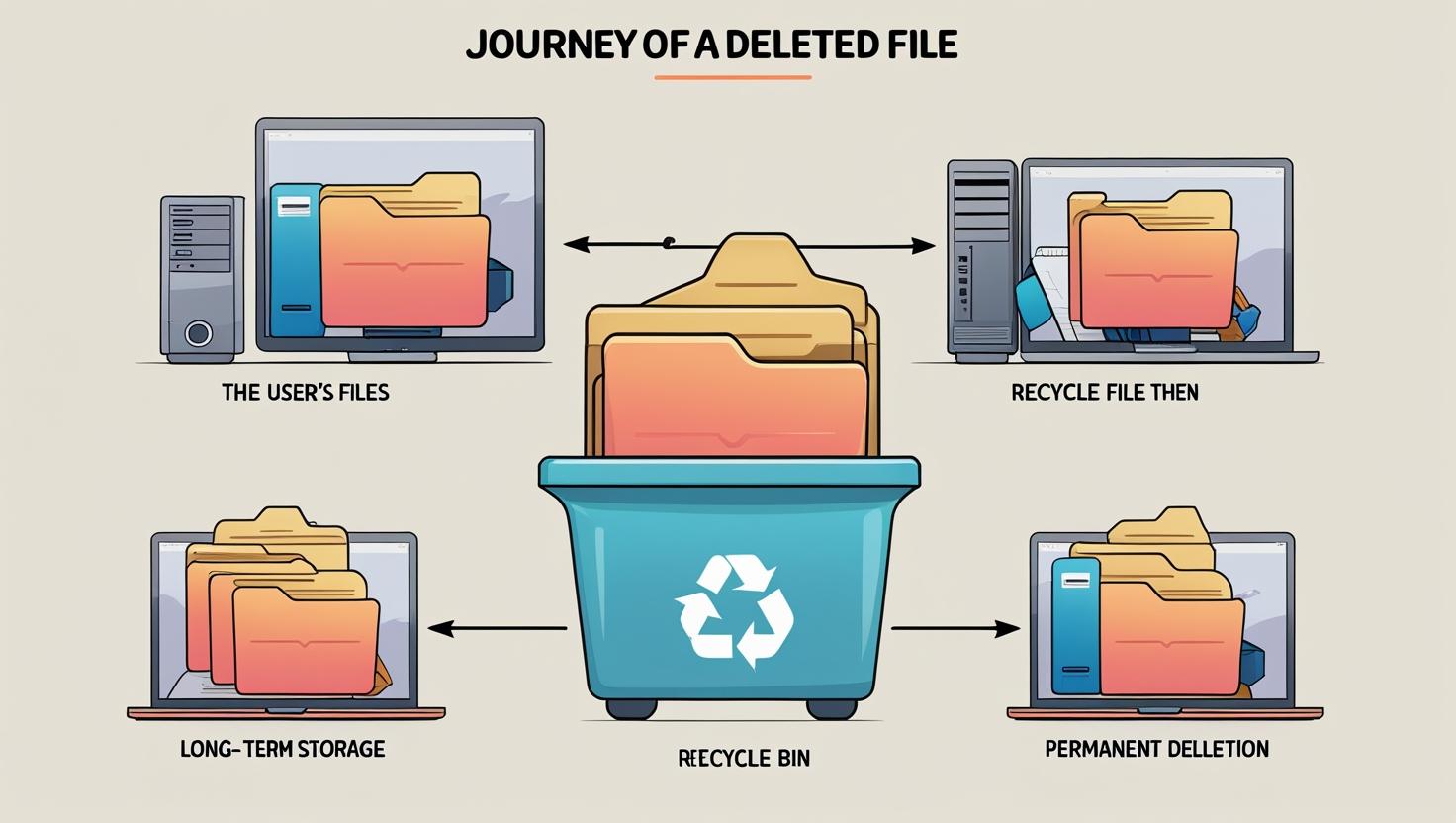When you delete a file, it doesn't really go away completely. Instead, the file remains where it was but is not displayed to the user.
To increase the performance of Windows computers, users usually enable 'fast startup', reduce the number of applications running in the background, or change the performance mode. Some also free up storage by deleting unnecessary files.
Have you ever wondered what happens to these deleted files?
Technology site Slashgear wrote in a related report that a file is made up of many pieces, or bits, of information. When a person adds the file to their computer, it gets written to the drive. When you delete a file, it doesn't really go away. The file stays where it is, but the user can't see it. Later, when a new file is saved, it is 'overwritten' in the place of that file.
Now you may be wondering, why do these drives not completely delete it even after being instructed to delete it? Or is it possible to get back files that have been deleted? The answer to these questions is
Sometimes an important file can be deleted unintentionally. To avoid such a situation, Windows does not delete the file completely. If a new file has not overwritten the deleted file, then you can recover it with data recovery software like ‘Disk Genius’ or ‘EaseUS Data Recovery Wizard’.
Also, if you have deleted the file temporarily, that is, just by pressing the ‘Delete’ key, then you can recover the file from the ‘Recycle Bin’.
However, if the user wants to completely delete any information, that is, so that it cannot be recovered, then he can use software like ‘SysTools Data Wipe’. The downside of using this tool is that files deleted by mistake cannot be recovered.
So, you should only use these programmes to delete files that are private.

